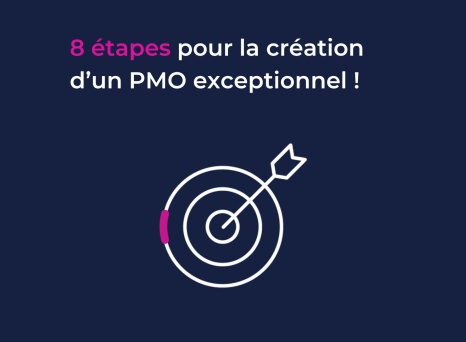The word “maturity” implies someone level-headed, insightful, and willing to try new things (like red wine or jazz). When you think of a mature project, program, or portfolio management office (PMO), you should think of the same characteristics. (Maybe without the wine). At their best, PMOs are so much more than 'project police'. They are strategically crucial, data-driven, and supportive.
The Global PMO Maturity Index measures the maturity of PMOs across five dimensions:
- Governance
- Integration and Alignment
- Processes
- Technology and Data
- People
These are further broken down into 23 elements. The comprehensive PMO maturity framework should be bookmarked by every project manager (PM) and PMO leader. But are there any “green flags” that help signal when a PMO is moving towards maturity?
Planisware reached out to two PMO leaders who shared their experience and lessons on the road to maturity.
Your Teams Are Quick to Adapt
An earlier article covered the need for PMOs to adapt quickly in today’s economic and geopolitical landscape. In practice, this means:
- Project and company stakeholders have access to well-visualized data and insights
- Leaders can make decisions quickly because they are backed by high-quality data and have clearly defined roles and authority
- Communication and collaboration between teams is efficient and effective
One organization shared how they unified cross-functional teams across several entities. Before, time was lost trying to understand objectives and deliverables. Now, thanks to cultural alignment and shared mindset, collaboration happens naturally. A large part of this transformation came down to investing in training—especially for those who needed the most support. Their philosophy? No team member left behind.
Your Project Professionals Want to Innovate
Gone are the days of schedule and scope ‘jockeys’. Accelerating a PMO’s maturity requires project professionals who are keen to experiment, innovate, and learn.
One PMO leader noted the importance of fostering curiosity: it’s tempting to stick with well-defined Stage-Gates and disciplined workflows, but real growth happens when people ask, “What else should we be improving?”
There’s data to back up this approach: 92% of top-performing, mature PMOs continuously adapt their tools, methodologies, and practices to better serve their projects and teams.
This mindset also affects hiring strategies. Instead of recruiting solely from traditional PM backgrounds, some PMOs now look to departments like Marketing or Finance—areas where business acumen and soft skills are deeply ingrained. The technical side of project management can be taught; strategic thinking and innovation are often cultivated elsewhere.
You’re Involved in Decision-Making
Both speakers emphasized that gaining access to strategic decision-making spaces is a milestone on the path to maturity. One PMO, focused on product innovation, moved out of a supply chain unit and into the R&D function—granting them more influence over innovation investment and broader organizational priorities.
The Project Management Institute (PMI) reports that among the top 10% of mature PMOs, 89% are always involved in their organization's strategy development.
Getting a seat at the table may be tough early on, but persistence pays off. By clearly communicating the strategic value of PMO insights and demonstrating tangible impact, PMOs can overcome resistance and become trusted partners in shaping their organization’s future.


